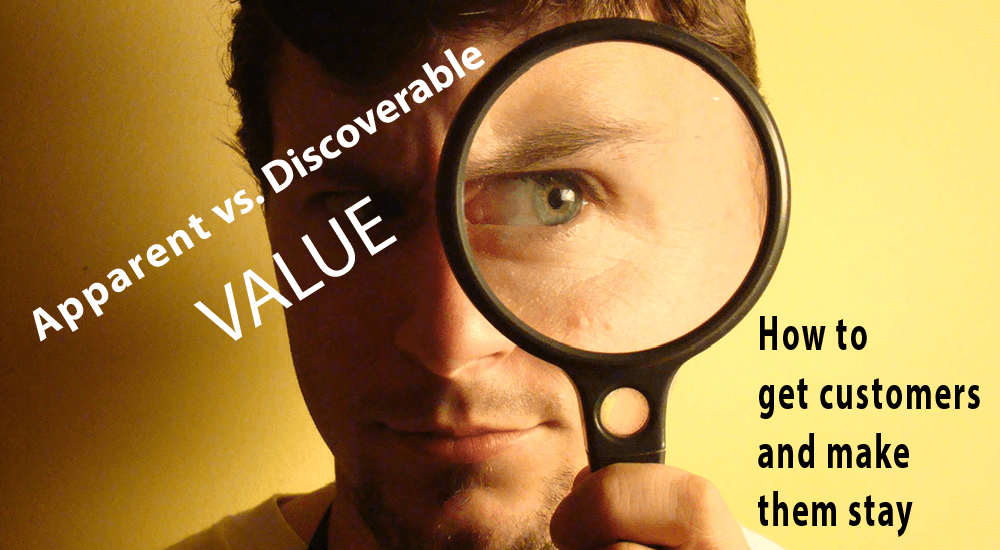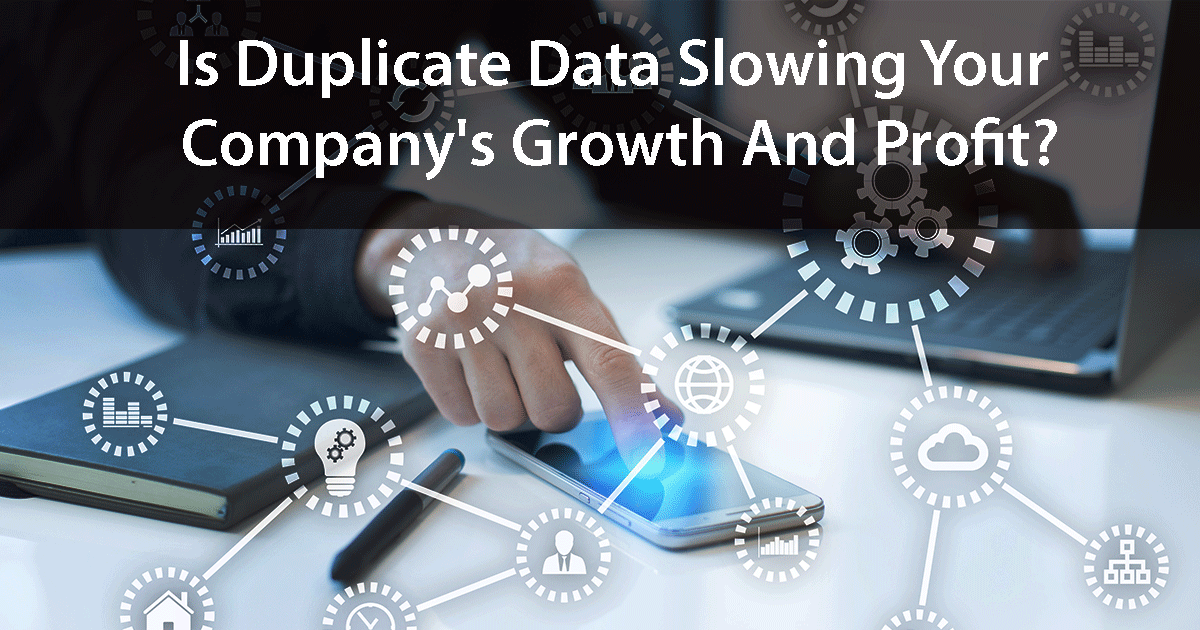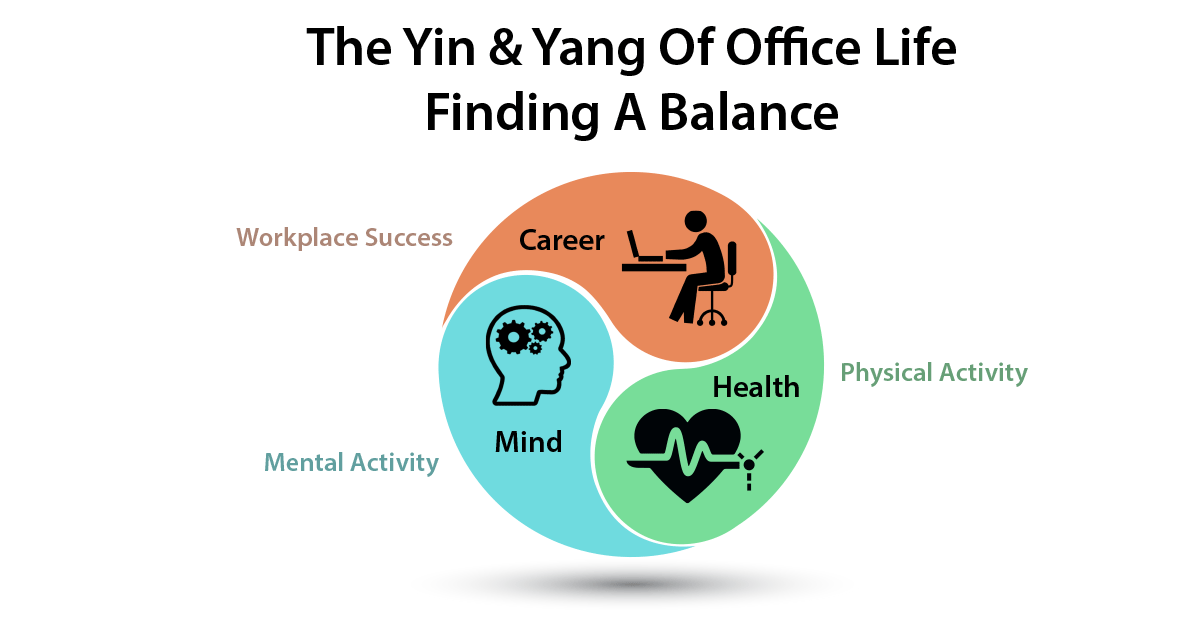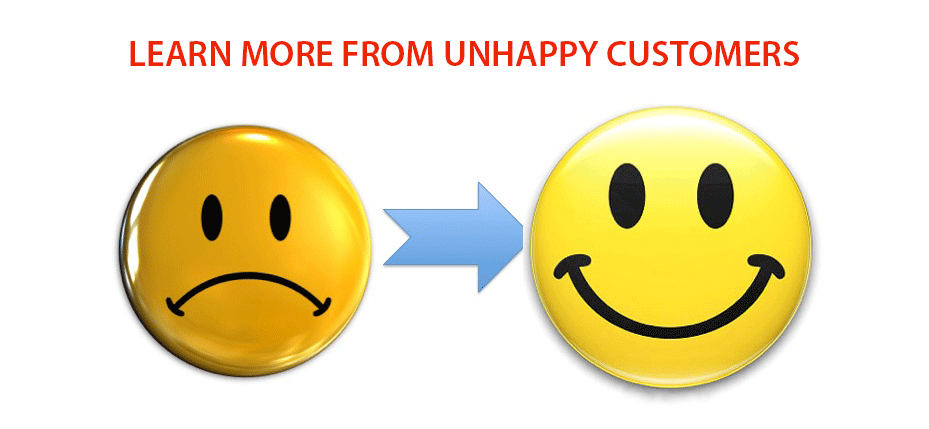
How to get customers and make them stay, Apparent vs. Discoverable Value
How has the Internet changed your life? For those of us old enough to remember the world before the web, the change can be pretty dramatic. I was reflecting on how Internet-based technologies have advanced over the years and how those advancements still influence our lives. In reflection, one specific day caught my attention. That day is April 1, 2004 – the day Gmail was launched. Google changed the online world by combining different points of value into one; a free email service, 1GB online storage, and advanced search capabilities. Many people look back on that date now and can’t imagine the electronic mail world before Gmail.
The basic concept of email is straightforward: turning your paper messages and letters into digital correspondence. For 100’s of years, the world used paper to deliver information from one person to another and provide a record of that chain of correspondence. Email transformed the paper-based letter into data and Gmail added the ability to store massive amounts of that data and to quickly search those files and records. Email and Gmail did not remove the need for letters and correspondence but they improved the age-old mail system.
The key to Gmail’s success is in how the different value propositions work together. Free is easy to understand, and the extra space was a necessity. Combining those two features with advanced search capabilities changed how we think about email.
Sure, the ability to search doesn’t seem that impressive until you understand that Google’s entire company is based on searching the Internet. The ability to search email isn’t useful if you only have a few dozen messages in your inbox. For most of us, the advanced search tool was not a convincing enough reason to sign up for a new email account.
Gmail was successful because they offered two very different kinds of value to its users, and I believe this combination was critical to their success.
Apparent value – This kind of value is easy to explain to customers and is a quick way to get people to sign up. Apparent Value fixes a problem, or pain-point, that your customers are experiencing. It is typically cheaper, faster, or better. When Gmail launched, their apparent value was storage space.
Discoverable value – The benefit from this kind of value is often delayed or appears when a product requires users to develop a new habit or behavior – which takes time. Discoverable value also appears when many small improvements combine to change the user’s overall experience. Discoverable value is powerful because it causes people to connect or adapt to a product, making it difficult to imagine using anything else. For Gmail, this was search.
The easiest way I’ve found to think about apparent vs. discoverable value is to use the marketing catchphrase: Come for the X, stay for the Y. Customers are driven to try a product for a specific feature but they continue to use the product when they discover how it will solve present – and future – pains.
Products with a wealth of discoverable value acquire their customers through user experience or by making the product incredibly easy to try. These products often give a basic version away for free. The strategy is to allow customers a chance to fall in love with the discoverable value, and then make it easy for customers to refer or recommend the product to others.
If a product has mostly apparent value, advertising and promotion are the strategies of choice. Groupon is a perfect example. Customers are easily drawn to the value of “$50 off at Target,” so promotion is effective and people will pay for the apparent value.
Twitter is a product that has both apparent and discoverable value. Many users sign up for the apparent value, like following celebrities or politicians, but it may take time for users to realize the discoverable value of connecting with others and communicating with your target audience.
Slack is an excellent example of discoverable value. Instant messaging tools have been around since the Internet started; few succeed and many have failed. But Slack connected various tools such as Intercom, Trello, Google Calendar, and SalesForce into one central hub for communicating with colleagues. When you initially begin to use Slack, it is simply a free messaging tool. Over time, you slowly realize your business cannot operate without it.
XTIRI® is another product that offers a small amount of apparent value and delivers a great deal of discoverable value with continued usage. On the surface, XTIRI is online cloud-based storage with search capabilities. Truly understanding the discoverable value takes a little bit of time and training but can be easily done with XTIRI’s experienced business-process professionals. Did you know that you can use any web enabled device (phone or computer) to scan paper documents, capture the data on those same paper documents, collect signatures – both wet and digital, run reports, and connect that data to Quickbooks or ADP? This technology can be immediately implemented and used to bridge the ever-growing gap between your paper process and the digital data you rely on to run your business. XTIRI doesn’t require fancy equipment or extensive training, and it can be used to automate existing processes. XTIRI, like Gmail, improves a very basic concept by combining apparent value with discoverable value. They both turn paper into data, and they both use multiple X’s to solve a very big Y.
How do you obtain customers and why do they stay? If you want to provide a product that is sticky – or makes people stay – look for ways to provide discoverable value. If a user can adapt your product in ways that help them solve their unique pain-point, your product likely contains discoverable value. Don’t spend too much time focusing on the apparent value, look for ways to use multiple X’s to solve a larger Y.









